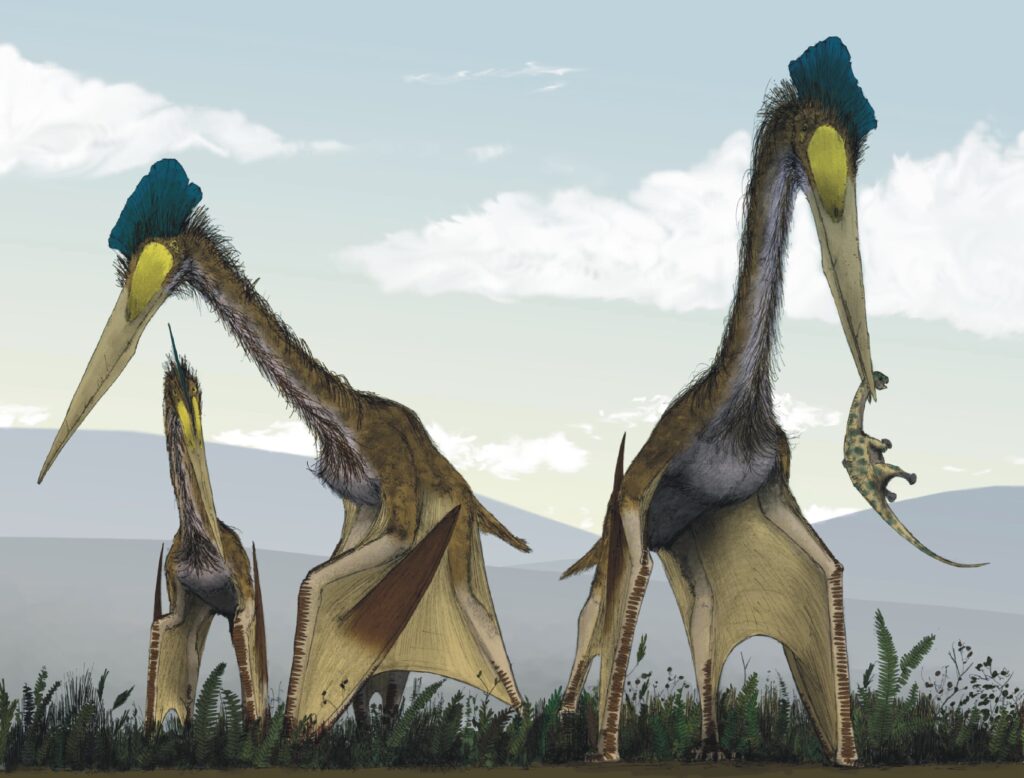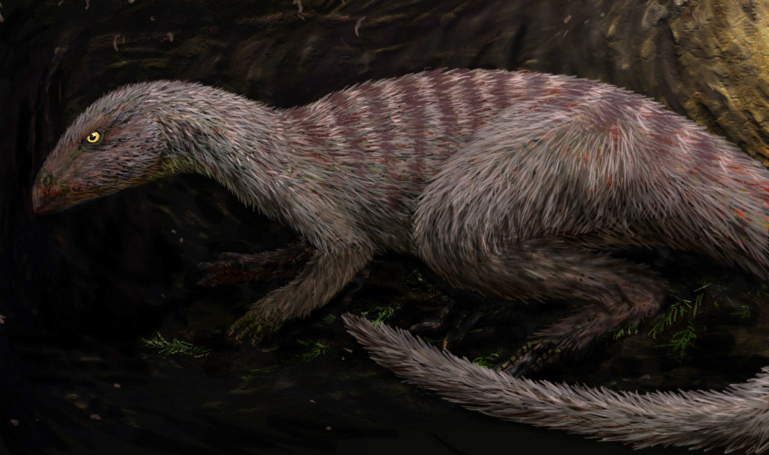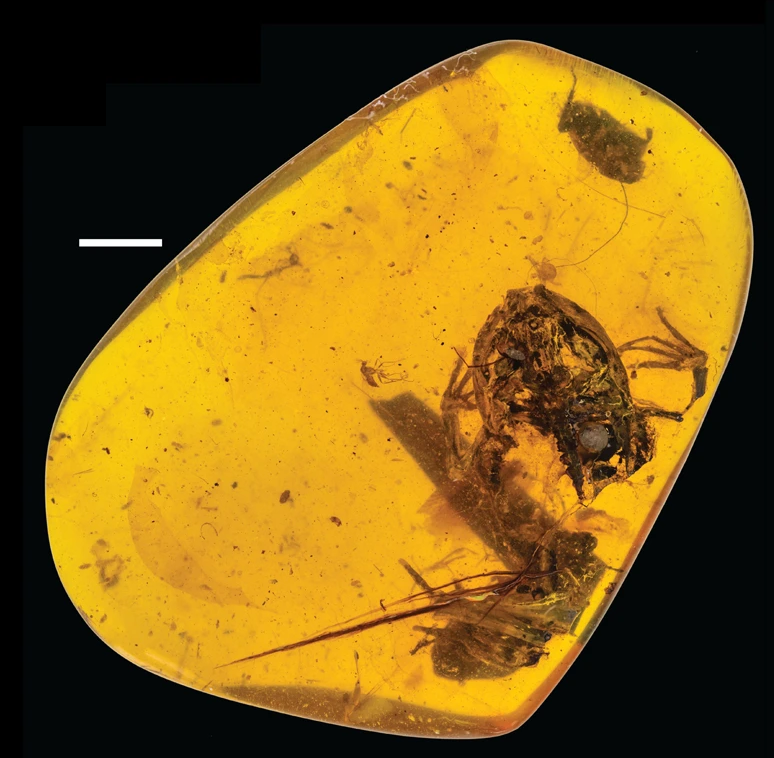In the history of scientific fraud, few cases have been as notorious or as damaging to the reputation of paleontology as the Piltdown Man hoax. For four decades, fragments of a skull and jawbone discovered in a gravel pit near Piltdown, England, were believed to represent the missing link between apes and humans. Scientists and the public alike were captivated by this supposed evolutionary marvel, only to discover later that it was an elaborate deception crafted through the combination of a modern human skull and an orangutan’s jaw. The Piltdown Man hoax not only misled researchers for nearly half a century but also significantly impacted the direction of human evolutionary studies. This remarkable tale of scientific deception reveals much about the social and academic pressures of early 20th-century paleontology, as well as the dangers of confirmation bias in scientific research.
The Discovery That Shook the Scientific World

In 1912, amateur archaeologist Charles Dawson announced he had made an extraordinary discovery in a gravel pit near Piltdown in Sussex, England. Dawson claimed to have found fragments of a skull that appeared to combine human and ape-like features – the supposed “missing link” that scientists had been searching for. Working with Arthur Smith Woodward, keeper of geology at the Natural History Museum in London, Dawson presented these findings to the Geological Society of London, immediately causing a sensation. The scientific community was particularly excited because the fossil seemed to confirm the prevailing belief that human evolution began with brain development, followed later by changes to the jaw and teeth. This perfectly matched British expectations that humans had evolved in Europe rather than Africa, feeding into the nationalist and colonialist attitudes prevalent during that era. The discovery was officially named Eoanthropus dawsoni (Dawson’s dawn man) but became popularly known as Piltdown Man.
The Perfect Specimen for Its Time
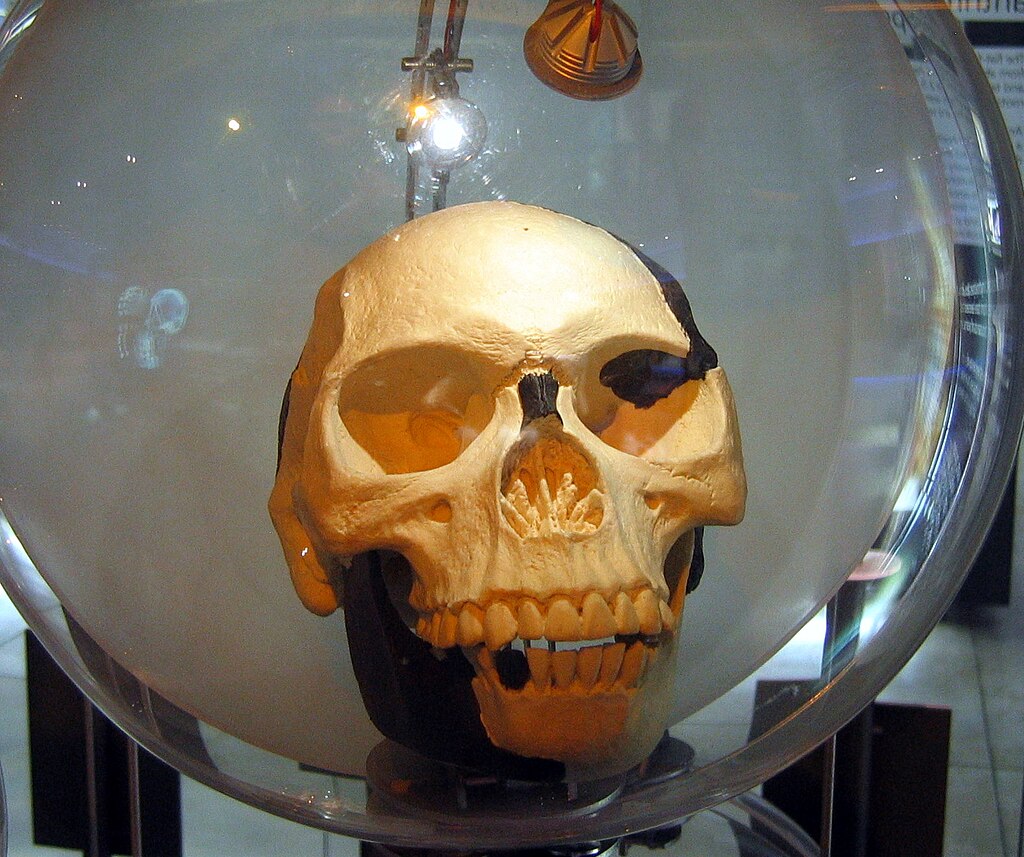
The Piltdown fossil appeared at a critical juncture in paleontological history, providing exactly what many British scientists were hoping to find. During the early 20th century, evolutionary research had become something of a nationalistic competition, with countries vying to claim the earliest human ancestors within their borders. Continental Europe had Neanderthal discoveries, while Java Man had been found in Southeast Asia. British scientists were eager to establish their homeland as an important site in human evolution. The Piltdown specimen perfectly suited their expectations with its large cranium suggesting advanced brain development – a characteristic that aligned with the prevailing British view that intelligence had been the primary driver of human evolution. The fossil’s timing was impeccable, as it seemed to validate British hypotheses about human development while challenging discoveries from other parts of the world. This made the scientific community particularly receptive to accepting the find without the level of scrutiny that might otherwise have been applied.
The Cast of Characters: Who Was Involved?

The Piltdown hoax featured a fascinating array of figures from Britain’s scientific establishment. At the center was Charles Dawson, a solicitor and amateur fossil collector who first reported finding the specimens. Arthur Smith Woodward, a respected paleontologist at the British Museum, became Dawson’s primary scientific supporter and collaborator, staking much of his professional reputation on the findings. Pierre Teilhard de Chardin, a Jesuit priest and paleontologist, participated in some of the excavations and allegedly discovered a crucial canine tooth at the site. Arthur Keith, an anatomist at the Royal College of Surgeons, provided critical scientific validation of the fossils. Grafton Elliot Smith, an Australian neuroanatomist, offered additional credibility with his analysis of brain cast impressions from the skull. Notably, the involvement of these established scientists lent tremendous authority to the find, creating a powerful barrier to skepticism within the scientific community. Even after Dawson’s death in 1916, these prominent figures continued to defend the authenticity of Piltdown Man for decades.
The Construction of a Fake: Anatomical Details
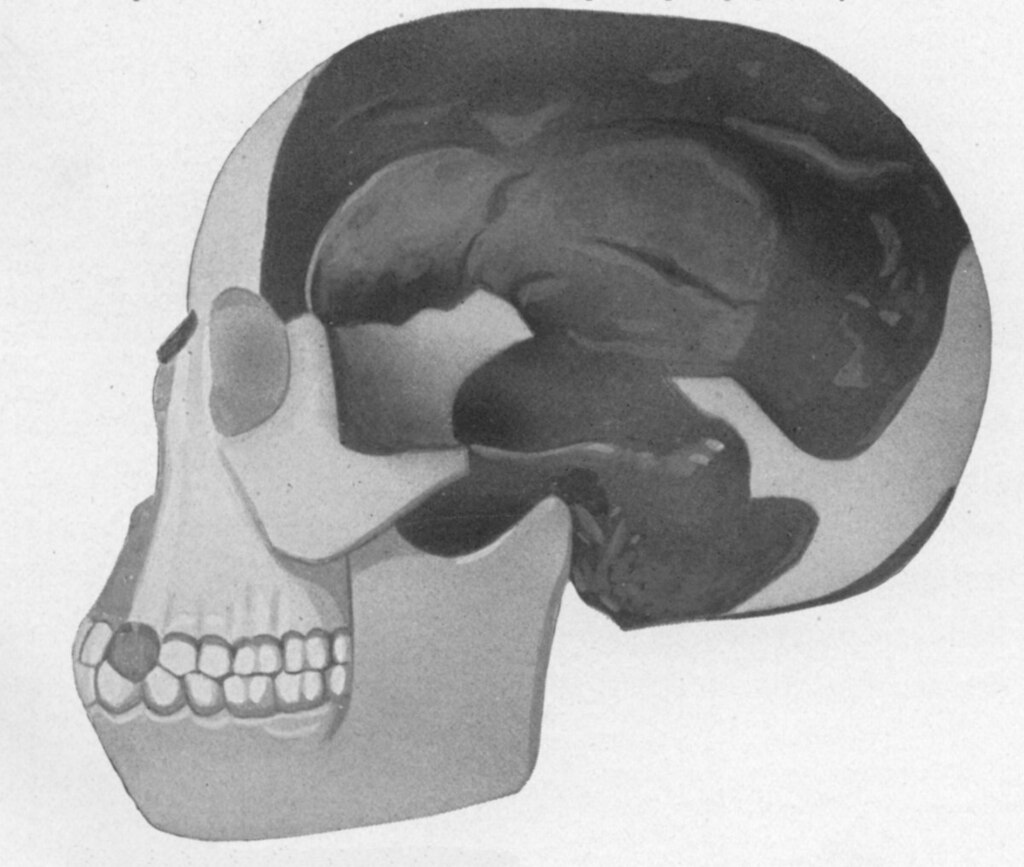
The Piltdown forgery was created with remarkable attention to anatomical detail, combining elements from different species to create a convincing hybrid. The cranium portions came from a modern human skull, likely medieval in origin, which had been artificially aged through staining with iron solutions and potassium dichromate to give it a fossilized appearance. The jawbone, which provided the crucial “primitive” features, belonged to an orangutan that had been deliberately broken to hide features that would have revealed its non-human origin. The critical joint where the jaw would connect to the skull was deliberately damaged to conceal the anatomical mismatch. The teeth had been filed down to simulate human wear patterns, particularly important for making the orangutan molars appear consistent with a diet similar to early humans. The forgers even added gravel matrix from the Piltdown site to the bone fragments to enhance authenticity when examined under a microscope. These sophisticated modifications reveal an intimate knowledge of both anatomy and the chemical processes of fossilization, suggesting the forger had significant scientific expertise.
Additional “Discoveries” That Bolstered the Claim
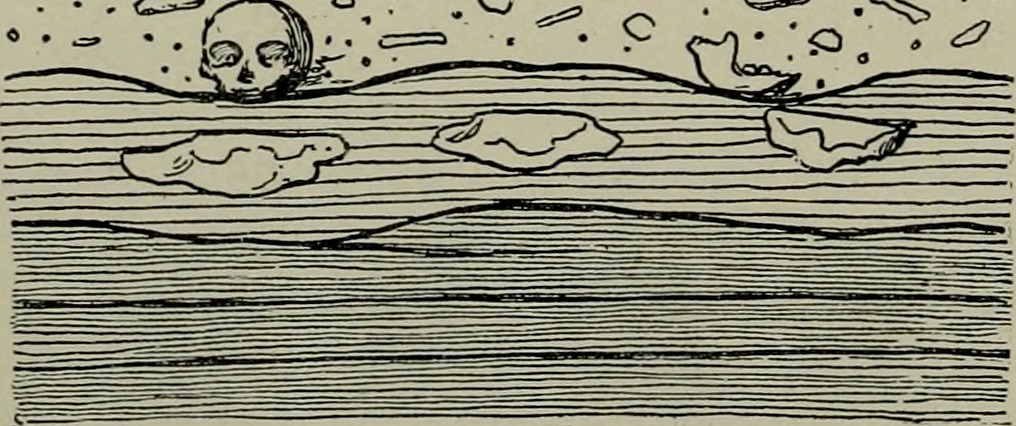
To strengthen the credibility of the initial find and deflect growing skepticism, additional discoveries were strategically revealed in the years following the first Piltdown announcement. In 1913, Teilhard de Chardin supposedly discovered a canine tooth that perfectly matched what would be expected in the hypothetical “missing link” – conveniently fitting predictions that Smith Woodward had made about what such a tooth would look like. In 1915, Dawson claimed to have found fragments from a second Piltdown skull at a site a few miles from the original location, suggesting an entire population of these creatures had existed in ancient Britain. The site also yielded primitive tools and animal remains that appeared to establish a consistent environmental context. Perhaps most ingeniously, a bone implement resembling a cricket bat was discovered – humorously dubbed the “cricket bat of early man” – which played into British cultural sentiments and national pride. These supplementary finds effectively silenced many early doubters by creating a more comprehensive picture of Piltdown Man’s existence, making the hoax even more difficult to challenge.
Scientific Skepticism: Early Doubters and Red Flags
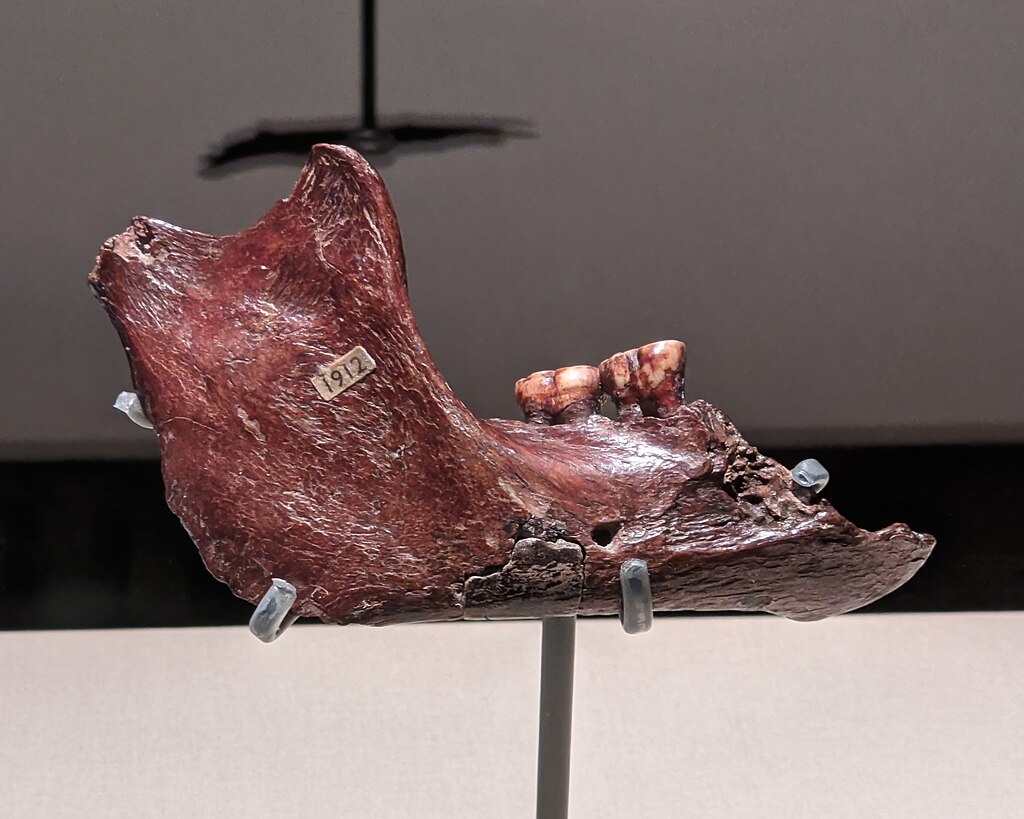
Despite widespread acceptance, several scientists expressed reservations about Piltdown Man from the beginning. American paleontologist Aleš Hrdlička noted the unusual combination of features, particularly how the human-like cranium paired with an ape-like jaw seemed to contradict evolutionary patterns observed in other fossil discoveries. French paleontologist Marcellin Boule pointed out inconsistencies in the wear patterns of the teeth, suggesting they were artificially manipulated. Gerrit Miller, a zoologist at the Smithsonian Institution, compared the Piltdown jaw directly with orangutan specimens and found striking similarities that he published as early as 1915. German anatomist Franz Weidenreich famously called the specimen “a fantastical combination” in the 1930s and suggested it represented two entirely different species artificially combined. Perhaps most significantly, discoveries of genuine hominin fossils like Australopithecus africanus in South Africa in 1924 began to establish an evolutionary pattern that made Piltdown’s features appear increasingly anomalous. However, these doubts were largely dismissed by British scientists who had committed their reputations to the find’s authenticity, illustrating how national pride and professional investment could override scientific skepticism.
The Unraveling: How the Hoax Was Finally Exposed
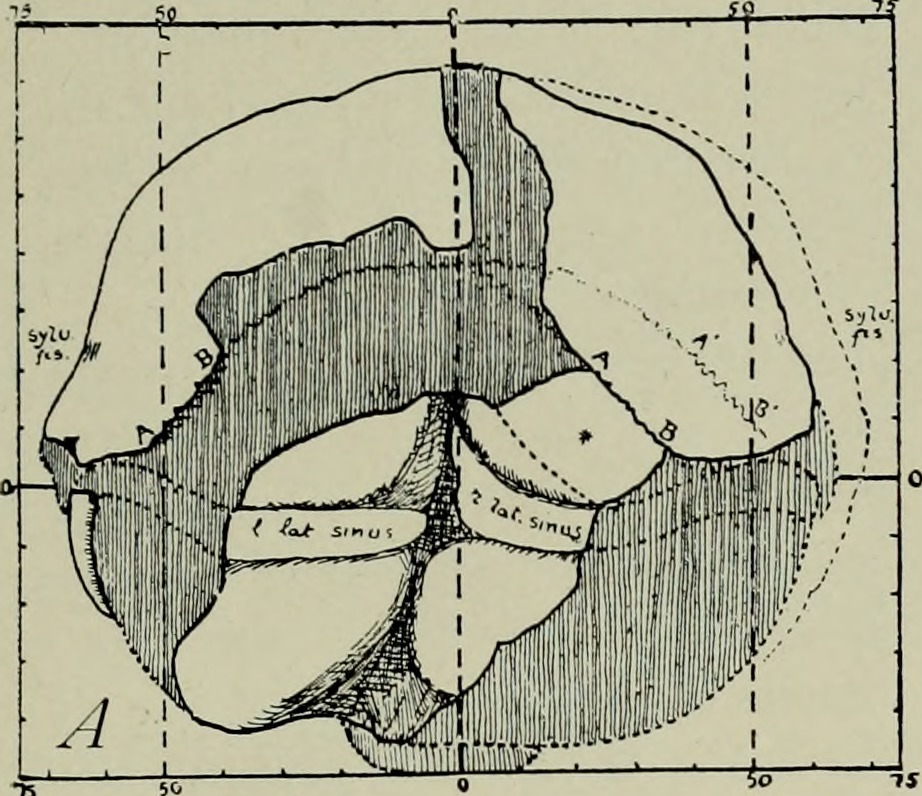
The Piltdown forgery was definitively exposed in 1953 through a combination of new scientific techniques and fresh examination by researchers without personal investment in the specimen’s authenticity. Kenneth Oakley, a British Museum geologist, applied the newly developed fluorine dating test to the Piltdown remains and discovered that they contained far less fluorine than would be expected in genuinely ancient fossils from that site. This crucial finding prompted Oxford anatomist Joseph Weiner to take a closer look at the specimens, whereupon he noticed file marks on the teeth – clear evidence of artificial manipulation. Weiner recruited prominent anatomist Wilfrid Le Gros Clark to help examine the specimens, and together they conducted a thorough analysis that revealed the true extent of the forgery. Their investigation found chemical staining on the bones, consistent filing patterns on the teeth, and microscopic evidence that the jawbone belonged to an orangutan rather than an ancient human ancestor. The team published their findings in 1953, exposing what they called “the most elaborate scientific fraud ever perpetrated” and bringing an end to Piltdown Man’s 40-year reign in paleoanthropology.
The Culprits: Theories About Who Committed the Fraud
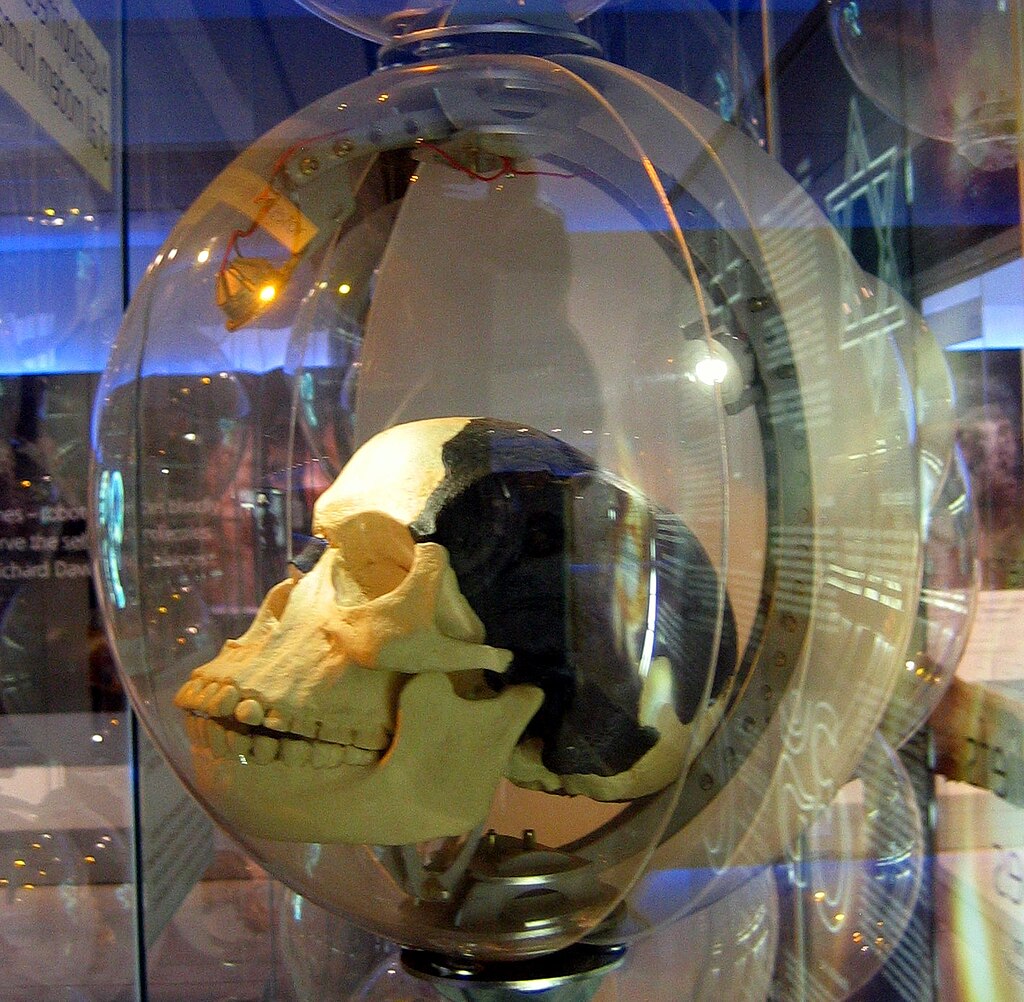
The identity of the Piltdown forger has been debated for decades, with numerous candidates proposed as the perpetrator of this elaborate hoax. Charles Dawson, the amateur archaeologist who “discovered” the fossils, remains the primary suspect due to his direct involvement and history of questionable archaeological claims prior to Piltdown. Arthur Smith Woodward has been suggested as either a co-conspirator or an unwitting accomplice whose eagerness to believe clouded his scientific judgment. Martin Hinton, a museum volunteer who later became Keeper of Zoology at the Natural History Museum, became a prime suspect when a trunk containing stained bone specimens similar to the Piltdown fragments was discovered in the museum’s storage after his death. Other theories have implicated Pierre Teilhard de Chardin, Arthur Conan Doyle (who lived near Piltdown and may have had motives to embarrass the scientific establishment), and even the anatomist Arthur Keith. The mystery continues to fascinate researchers, with some modern analyses suggesting that multiple people may have been involved in different aspects of the forgery. This enduring whodunit quality has helped keep the Piltdown story alive in public consciousness long after the scientific significance of the fossils themselves has faded.
Motives Behind the Deception
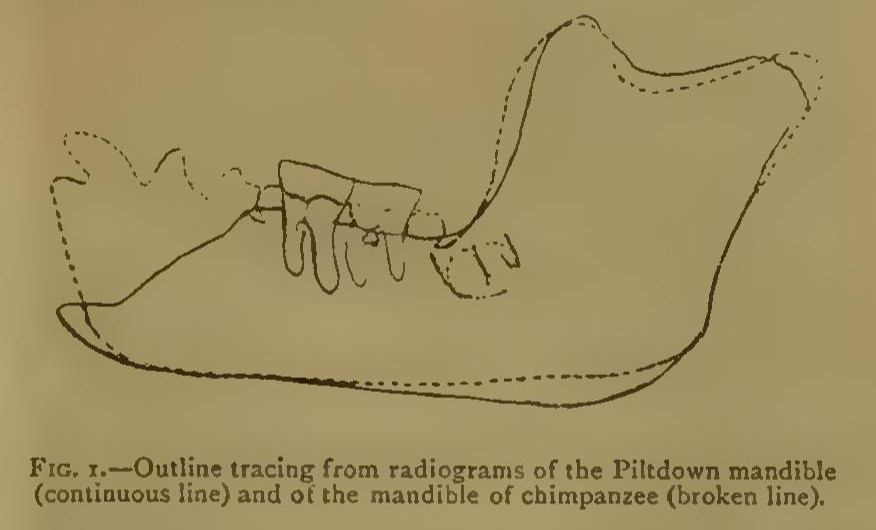
The motivations driving the Piltdown forgery were likely complex and varied, depending on who actually perpetrated the hoax. Personal ambition stands as perhaps the most obvious motive, particularly if Dawson was the primary culprit, as the discovery elevated him from an amateur fossil collector to a figure of international scientific importance. Professional jealousy might have played a role if the perpetrator was someone within the scientific establishment who felt marginalized or unrecognized for their legitimate work. Nationalistic pride was certainly at play in the reception of the find, as British scientists were eager to claim an important role in human evolution at a time when significant discoveries were being made in Germany, France, and colonial territories. Some theories suggest the hoax may have begun as a practical joke that spiraled out of control once prominent scientists embraced the fossils as genuine. For Arthur Conan Doyle, if he was involved, the motive might have been to embarrass scientists who had ridiculed spiritualism, a cause he deeply believed in. The most disturbing possibility is that the forger may have been motivated by racial theories of the time, creating evidence that seemed to support the notion of European primacy in human development.
The Impact on Evolutionary Science
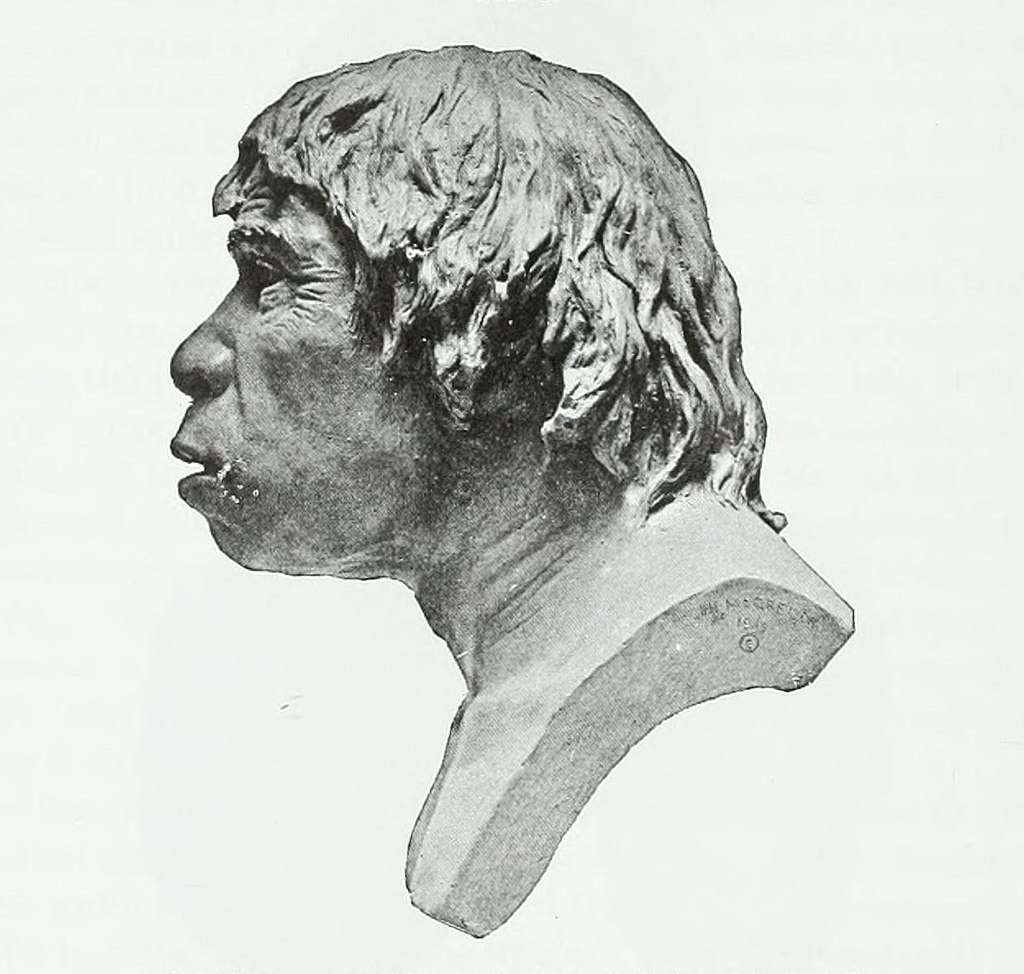
The Piltdown hoax had profound and damaging effects on the study of human evolution for decades. Most significantly, it misdirected scientific research by creating a false evolutionary branch that researchers attempted to reconcile with other fossil discoveries. Genuine fossils that didn’t align with the Piltdown paradigm, such as Raymond Dart’s 1924 discovery of Australopithecus africanus in South Africa, were often dismissed or marginalized because they contradicted the Piltdown model of large-brained, small-jawed early humans. The hoax reinforced incorrect notions about the primacy of brain development in human evolution, delaying acceptance of evidence that bipedalism preceded significant brain expansion. Resources that could have been directed toward promising research avenues were instead wasted trying to accommodate Piltdown Man within evolutionary theory. Beyond the scientific impact, the scandal damaged public trust in paleontology specifically and scientific authority more broadly when the forgery was finally exposed. The embarrassment of having been fooled for so long made the scientific community more cautious and perhaps more skeptical of unusual or unexpected finds, establishing a legacy of heightened vigilance that continues in paleontological research today.
Lessons for Modern Science: Avoiding Similar Mistakes
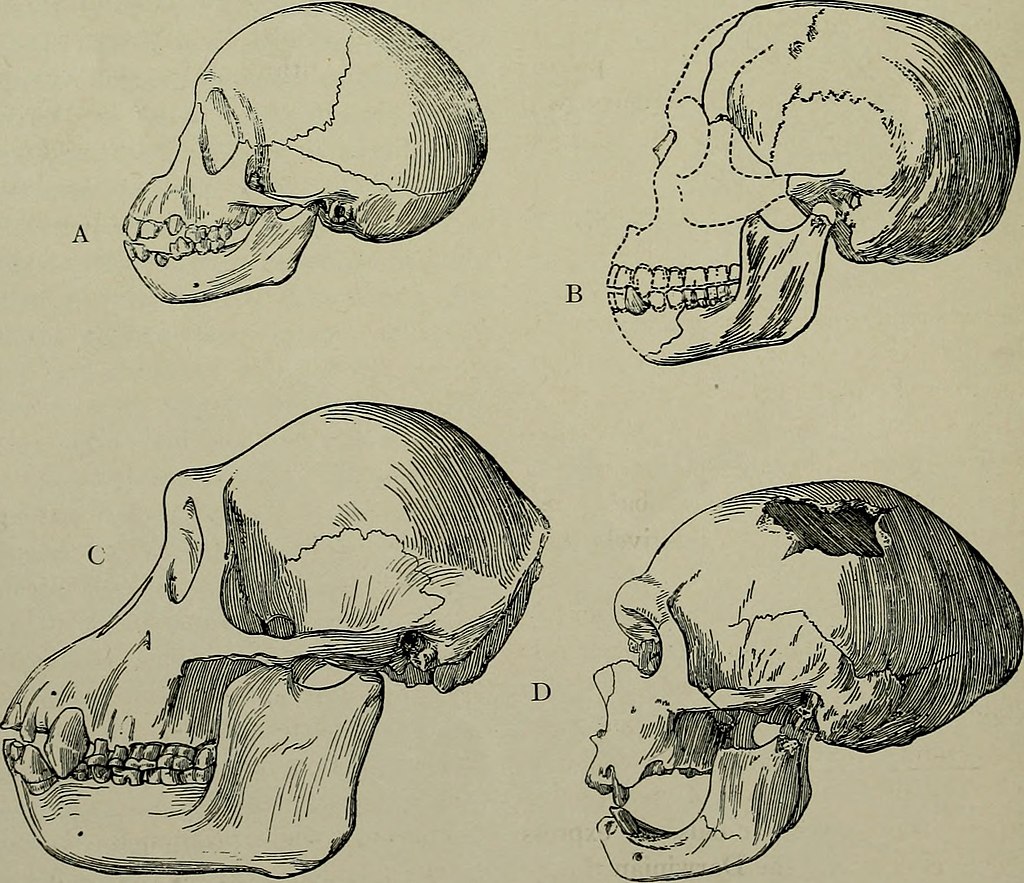
The Piltdown affair continues to provide valuable lessons for modern scientific practice, offering cautionary insights that remain relevant today. Perhaps most fundamentally, it demonstrates the danger of confirmation bias – the tendency to embrace evidence that supports existing theories while discounting contradictory information. Scientists must remain vigilant against allowing their preconceptions or desires to influence their evaluation of evidence. The case also highlights the importance of thorough peer review and skeptical analysis, especially for findings that align suspiciously well with prevailing theories or nationalist aspirations. Modern scientific protocol now emphasizes rigorous authentication procedures, including multiple dating methods, chemical analyses, and thorough comparative studies with other specimens. The institutional pressure to make dramatic discoveries that plagues many scientific fields today was just as present in the early 20th century, creating incentives that can potentially compromise scientific integrity. Perhaps most importantly, Piltdown demonstrates the value of scientific self-correction – though it took forty years, the scientific method eventually uncovered the truth through persistent questioning and new analytical techniques. This ultimate triumph of scientific methodology over fraud provides a reassuring reminder that science, despite occasional wrong turns, contains within itself the mechanisms for finding its way back to the correct path.
Cultural Impact: The Hoax in Popular Imagination

The Piltdown Man hoax has secured a permanent place in cultural consciousness, extending far beyond its scientific significance to become a potent metaphor and cautionary tale. The case has been featured in numerous books, documentaries, plays, and even novels, with each generation finding new aspects of the story that resonate with contemporary concerns. In Britain, particularly, Piltdown Man became a symbol of national embarrassment after the exposure, representing how patriotic pride had clouded scientific judgment. The term “Piltdown” has entered the lexicon as shorthand for scientific fraud or self-deception, referenced in contexts ranging from academic papers to political commentary. Museums have created exhibits about the hoax, often using it as a teaching tool about the scientific method and the importance of skepticism. The British Natural History Museum maintains a permanent Piltdown display not to showcase human evolution but to illustrate the danger of confirmation bias in science. Beyond science, Piltdown serves as a metaphor in discussions about authentication in various fields, from art to archaeology. The enduring public fascination with the case speaks to its perfect combination of elements – scientific mystery, possible conspiracy, national pride, and the universal human vulnerability to believing what we wish to be true.
The Legacy of Piltdown Man in Modern Paleontology

Though exposed as a fraud seven decades ago, Piltdown Man’s influence continues to resonate throughout paleontological practice today. The scandal fundamentally transformed how fossil discoveries are authenticated, with multiple independent verification methods now standard protocol for significant finds. New discoveries typically undergo extensive chemical analysis, advanced imaging, comparative anatomical studies, and various dating techniques before gaining widespread acceptance. The embarrassment of Piltdown has instilled a healthy institutional skepticism within paleontology, particularly regarding finds that seem too perfectly aligned with theoretical expectations. Modern paleoanthropologists are typically quick to acknowledge that surprising new fossils might require revisions to established evolutionary models, a humility partly born from the Piltdown experience. The case is taught to virtually all students of paleontology and archaeology as a fundamental cautionary tale, ensuring that new generations of scientists remain vigilant against both fraud and self-deception. Perhaps most constructively, the Piltdown scandal has helped establish transparency as a core value in paleontological research, with access to original specimens, detailed documentation of excavation contexts, and open sharing of data now considered essential to scientific credibility. In this way, a forgery that once threatened to derail human evolutionary studies has, ironically, helped strengthen the methodological foundations of the discipline.
The Piltdown Man hoax stands as one of history’s most instructive scientific frauds, a perfect storm of deception that exploited nationalistic pride, confirmation bias, and the limitations of early 20th-century analytical techniques. For forty years, this fabricated “missing link” distorted our understanding of human evolution and diverted attention from genuine fossil discoveries that didn’t fit its narrative. When finally exposed in 1953, the revelation shocked both the scientific community and the public, forcing a fundamental reassessment of accepted wisdom about human origins. While the true identity of the forger remains debated, the Piltdown legacy has been transformative—establishing rigorous authentication protocols in paleontology and embedding a healthy skepticism into scientific practice. Beyond science, the case continues to fascinate as a compelling human story about the power of wishful thinking and the complex motivations that can lead to deception. Perhaps the most valuable

